What’s In My Tube of Toothpaste Besides Toothpaste?
Air. While dispensing a dab of toothpaste on my brush the other morning, I felt the tube ‘burp.’ It had done the same air release the day before, and I wondered what was happening. Is the manufacturer of my toothpaste ripping me off by partially inflating my tube with air? Well, the answer is, “Yes, sort of.” Further research into this affront to my sensibilities (and pocketbook) revealed some reasons why the manufacturer intentionally pumps air inside my tube of toothpaste.
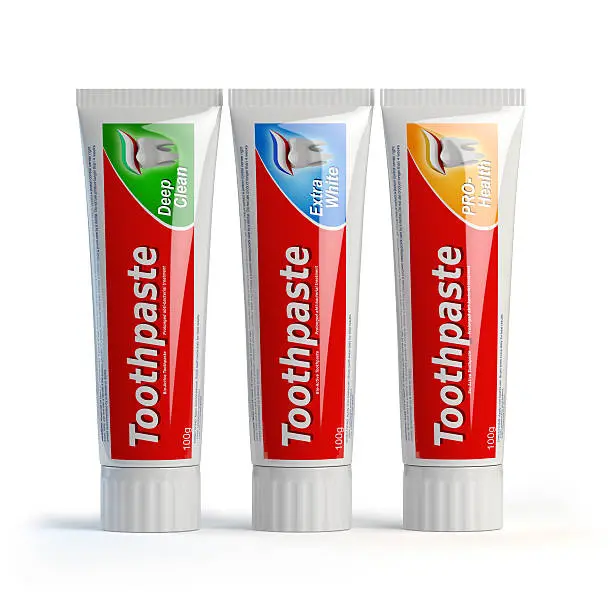
Here is what I learned. The practice of introducing air inside toothpaste tubes coincides with the use of plastic tubes. The process serves several practical purposes:
- Consistency and Dispensing: Air helps ensure toothpaste can be dispensed smoothly and easily. Without air, the paste could become too dense and hard to squeeze out of the tube. (If you say so.)
- Volume Regulation: A small amount of air ensures the tube appears full and maintains its shape, which is important for consumer perception and packaging aesthetics. (Ah ha! I caught you, you rascals!) This also helps standardize the amount of toothpaste dispensed per use. The following two “explanations”, while feasible, raised the level of my
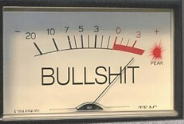 BS O’Meter past the S, but in fairness, I will present them.
BS O’Meter past the S, but in fairness, I will present them. - Preventing Contamination: The process of filling toothpaste tubes in a controlled environment (controlled environment!? One would hope that would be the case, air or no air) with a bit of air can help maintain hygiene and reduce the risk of contamination during the manufacturing process.
- Sealing and Storage: Proper air balance within the tube can aid in sealing the product effectively, ensuring a longer shelf life and maintaining the toothpaste’s quality. (Hmmm, most products are sealed without air to ensure freshness and longer shelf life, aren’t they?)
While the amount of air introduced is minimal, it plays a critical role in ensuring the product’s usability, quality, and customer satisfaction. (Checking my BS O’Meter again.)
Before plastic was used, toothpaste came in metallic tubes.
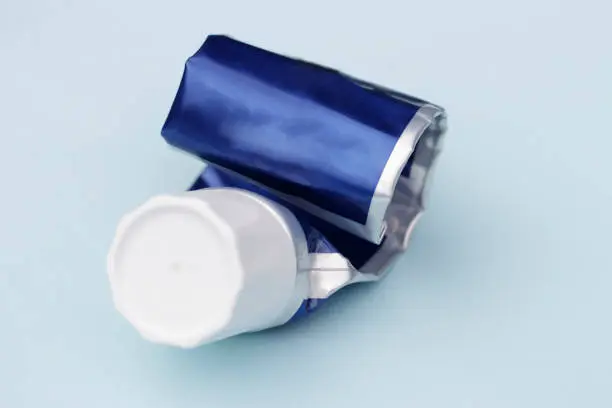
As the amount of toothpaste in the tube diminished, one had to continually squeeze the tube from the back end, forcing toothpaste towards the opening at the front of the tube. This required some effort, and people devised their own techniques to accomplish the task.
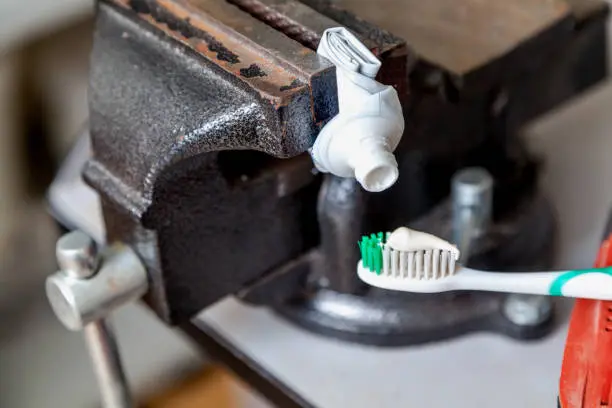
Some brands of toothpaste came with a key to insert at the end of the tube, and the key, when twisted, would wrap the end of the tube around the key, forcing the toothpaste forward, ensuring that almost all of the paste would be used.
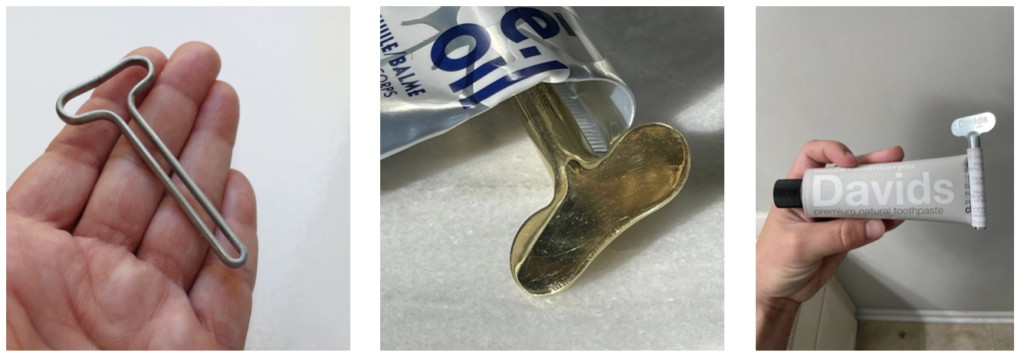
Toothpaste tubes used to be made from a type of metal called tin-lead alloy, or more commonly just tin. Sometimes, they were also made from aluminum. Here are the specifics:
- Tin-Lead Alloy: Early toothpaste tubes were often made from this material, which is a mix of tin and lead. This type of metal was relatively easy to shape and seal.
- Tin: As lead-related health and safety concerns grew, manufacturers moved to pure tin. Tin is a more malleable and safer metal for packaging consumable products.
- Aluminum: In more recent times, before the switch to plastics, aluminum became a popular choice due to its lightweight, corrosion resistance, and ease of manufacturing.
These metals provided a sturdy and malleable container but were eventually phased out in favor of flexible plastic tubes, which are cheaper to produce, easier to use, and more environmentally friendly in terms of reducing the use of heavy metals. After all, who wants lead in their mouth?
The bottom line is that there are some things in life one would like to be able to take for granted— I’m just not sure that toothpaste is one of those.
As a special, added bonus today, I’m including this short video that addresses the problem of how to get your toothpaste tube to pass the TSA Checkline. The relevant section is between the beginning and the 2-minute mark. You will probably sleep better tonight with this knowledge.

Welcome to 3-Minutes A Day University, where you can learn a little about a lot of things every day in three minutes or less. We help you expand your knowledge and understanding of the real world, and 3-MAD University is tuition-free. Our wide-ranging syllabus includes a fascinating insight into topics including Health and Medicine, Science, Sports, Geography, History, Culinary Arts, Finance and the Economy, Music and Entertainment, and dozens more. You will impress yourself, your friends, and your family with how easy it is to learn facts and perspectives about the world around you. One topic you will never find covered is politics. We hope you enjoyed the previous three minutes. If you liked this post, please pass it along to a friend.
Was this email forwarded to you? Subscribe Here.
© Copyright 2024. 3-Minutes A Day University All Rights Reserved. Unsubscribe

